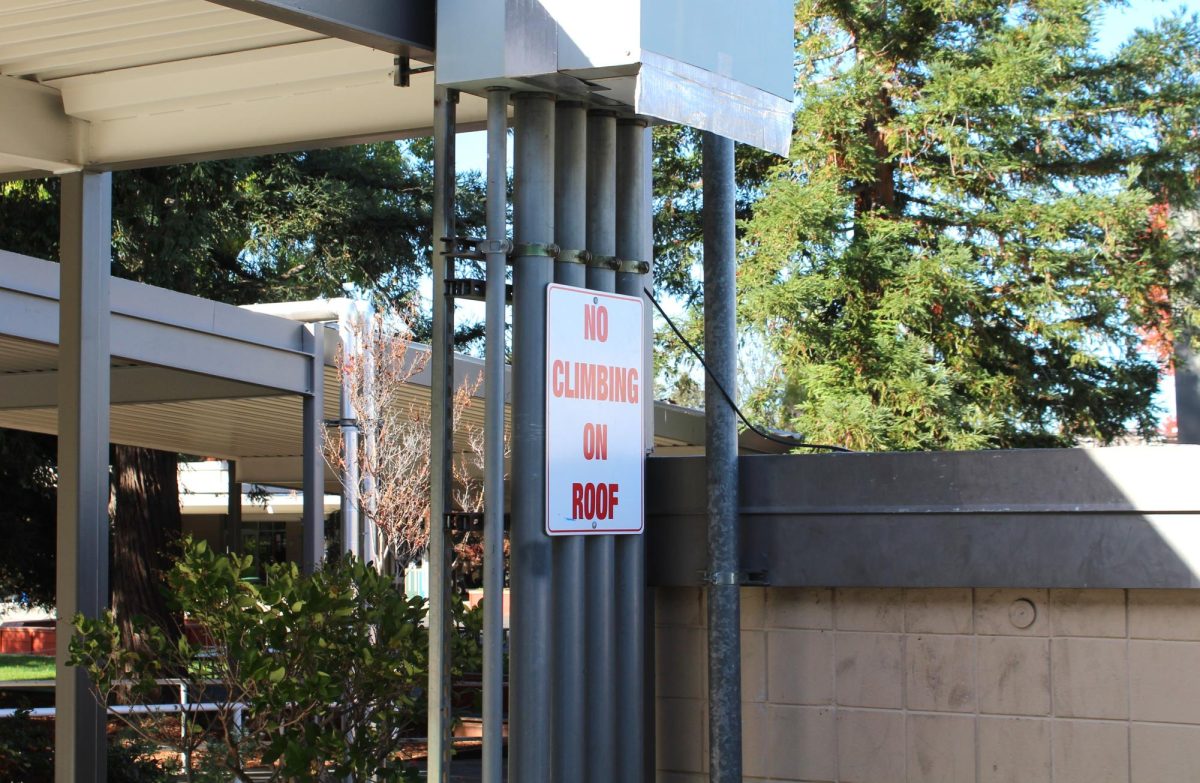Among all the possible injuries for ultra-dangerous sports — football, baseball, horseback-riding and gymnastics, to name a few — what’s the worst that can happen in a relatively safer sport like cross country?
Losing your shoe.
No, I’m not kidding. It happened to me at the 2.23-mile meet at Lynbrook on Oct. 28 after my left shoe dislodged itself into a swampy area of grass. Even three days later, I was still walking with a limp.
As you probably know, the type of shoe a runner owns is a big deal when it comes to running. At the Tokyo Olympics this year, over 60 percent of podium-runners were sporting pricey Nike Vaporfly shoes, which feature gigantic, carbon fiber-foam soles — what Nike referred to as “built-in secret weapons.” In other words, the sole of the shoe acts as a buffer for impact with the ground and also helps propel the runner forward.
So imagine running with the Asics Gel-Cumulus 23, a shoe designed for long-distance running, on one foot and nothing on the other. The image parallels cars breaking down in old cartoons.
I can still remember the horror I experienced the split-moment it fell off: I probably took three breaths in one second, and from then on my run felt like I had broken into a limpy sprint. The immediate, harsh impact my foot had with the ground sent my body into momentary shock, but I managed to readjust my steps into a smoother stride — that was, until I reached a 100-meter section of coarse gravel, rocks and twigs.
That section was so painful my vision turned spotty. However, I was still able to maintain my pace for most of the run. At the end, both shoes and the sole of my left sock were muddy and soaked through.
Ironically, that day my coach, Danny Moon, was wearing one of his team shirts with his motto “Lookin’ Good!” in large-type on the back.
Well. Maybe another day, Coach.
Although this might be one of the worst nightmares for a runner at a relatively short meet, it was also executed in one of the best ways possible.
The course consisted of a half-mile run around the track, a 0.75-mile loop twice around the school and a 200-meter dash.
I lost my shoe halfway through the first loop and ended up running with my right foot 2.5 inches higher than the left for another 0.75 miles. Luckily, I was able to retrieve it during the second loop. Once I had jammed my foot back into the left shoe, I felt like I was running on clouds and concrete on my left and right foot, respectively.
I’m not sure why I didn’t turn back immediately to retrieve my shoe on my first loop. Though doing so probably would’ve offset my rhythm for a few seconds, I had to do it eventually. No doubt making a better decision would’ve saved me a lot of pain. But to my surprise, the sound of footsteps behind me seemed to fade away after a couple seconds as I was recovering. It’s not clear just how much time I would’ve saved had I done that the first time around.
In fact, losing a shoe probably caused me to push ahead of the runners behind me. Despite obvious physical setbacks, the adrenaline rush athletes can earn from accidents like that is extremely valuable, and it can encourage them to perform better.
Either way, I set a personal record by three minutes, so I have no regrets about this meet. Hopefully, nobody was taking pictures at the time my shoe fell off — I probably would’ve looked more impressive with a cool stance and stoic expression, but sadly that wasn’t the case. If there is a next time — and I hope there isn’t — I’ll just smile and run through the pain.


























